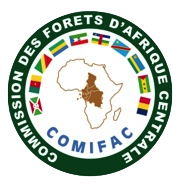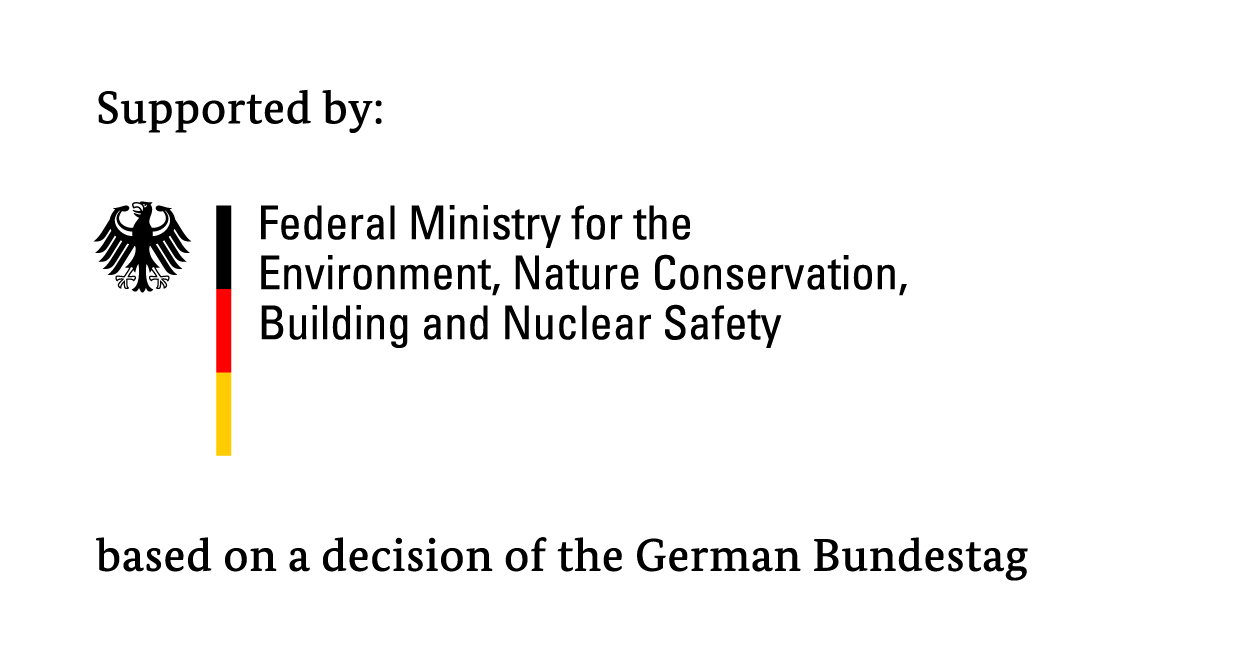
At the Global Landscape Forum during the UNFCCC COP in Lima the REDD-PAC project was presented in two sessions. UNEP-WCMC hosted a discussion forum entitled Planning for National REDD+ Strategies. Using Spatial Information to support decision making during which experiences from work with REDD-PAC and the UN-REDD Programme were shared.
The session included presentations from Pa Agus Sari (REDD+ Agency Indonesia), Mariella Güisa and Gustavo Suarez de Freitas (Ministry of Environment of Peru) and Valerie Kapos (UNEP-WCMC).
The presentations triggered interesting discussions including on the need for a common agreed map. It was raised that a common map can simplify both stakeholder engagement and decision making (but it requires stakeholder engagement to validate it). Although, some participants were skeptical about the acceptability and validity of a single common map.
The main take home message from the session was that using spatial information is fundamental to developing national REDD+ strategies and can help to plan and implement REDD+ in ways that deliver multiple social and environmental benefits. It is a good basis for stakeholder engagement, and can be used to build consensus. It can also help to identify and mitigate potential risks of REDD+ action.
At a second session hosted by the CBD Secretariat about Biodiversity considerations in REDD+ planning and implementation, the Philippines presented the work carried out with the support of the REDD-PAC project on how spatial information can help in identifying the overlaps in REDD+ actions and actions to achieve CBD objectives.

International Institute for Applied Systems Analysis

National Institute for Space Research - Brazil

Commission des forets d'Afrique Centrale/Central African Forests Commission

United Nations Environment Programme World Conservation Monitoring Centre

Instituto de Pesquisa Econômica Aplicada

Germany International Climate Initiative
